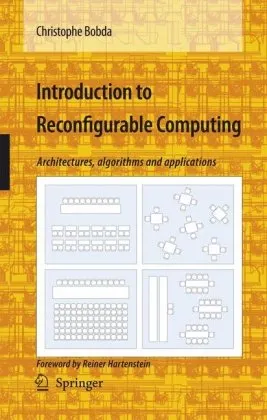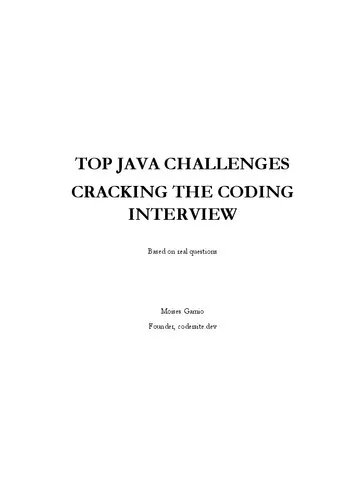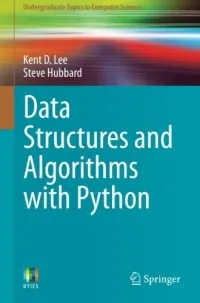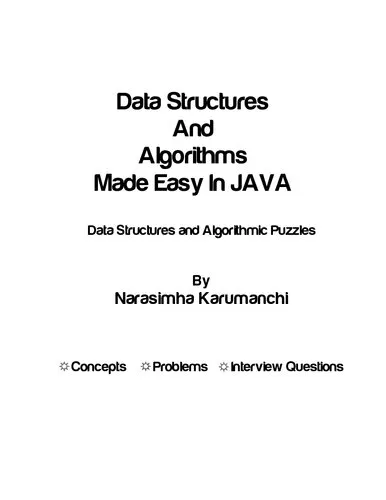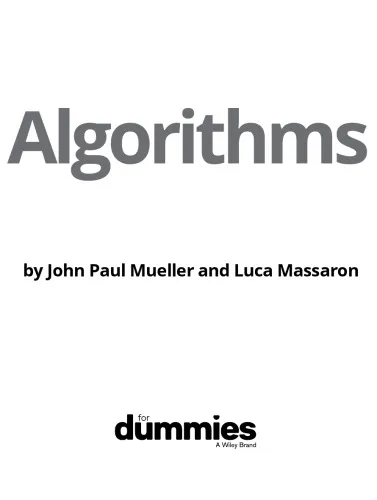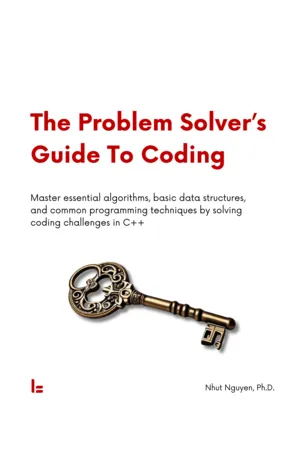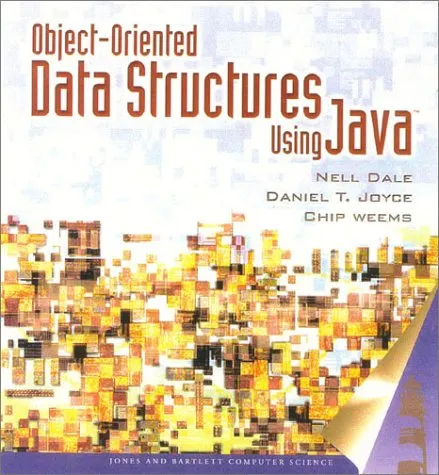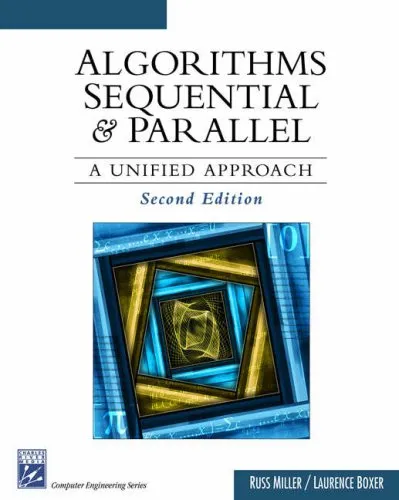Introduction to Reconfigurable Computing: Architectures, Algorithms and Applications
4.0
بر اساس نظر کاربران

شما میتونید سوالاتتون در باره کتاب رو از هوش مصنوعیش بعد از ورود بپرسید
هر دانلود یا پرسش از هوش مصنوعی 2 امتیاز لازم دارد، برای بدست آوردن امتیاز رایگان، به صفحه ی راهنمای امتیازات سر بزنید و یک سری کار ارزشمند انجام بدینکتاب های مرتبط:
معرفی کتاب
کتاب «Introduction to Reconfigurable Computing: Architectures, Algorithms and Applications» اثری جامع از کریستوف بابدا است که به بررسی عمیق محاسبات قابل پیکربندی میپردازد. این کتاب به ارائهٔ دیدگاهها و مفهومهای اساسی درباره این زمینه نوین در علم محاسبات میپردازد و خوانندگان را با چالشها و امکانات این حوزه آشنا میکند.
خلاصهای جامع از کتاب
در دنیای امروز، توانایی سازگاری و پیکربندی مجدد سیستمها از اهمیت ویژهای برخوردار است. کتاب «Introduction to Reconfigurable Computing» به بررسی این حوزه میپردازد و به ارائهٔ معماریهایی میپردازد که میتوانند به صورت پویا و بر اساس نیازهای خاص کاربران تغییر کنند. این اثر به بررسی انواع مختلف معماریهای قابل پیکربندی اشاره میکند، از جمله FPGA و CPLD، و چگونگی بهرهبرداری از ظرفیتهای آنها در بهبود عملکرد سیستم.
کتاب در چهار بخش اصلی سازماندهی شده است. نخستین بخش به مبانی و ضرورت محاسبات قابل پیکربندی اختصاص دارد و زمینهای قوی برای درک محتوای ادامهی کتاب ایجاد میکند. بخش دوم به بحث در مورد الگوریتمهای اساسی که در این زمینه به کار میروند میپردازد. بخش سوم بر کاربردهای کاربردی مختلف، نظیر پردازش تصویر و یادگیری ماشین، متمرکز است. نهایتاً، بخش آخر به بیان چشماندازها و چالشهای پژوهش در این حوزه میپردازد.
نکات کلیدی
- درک کامل معماریهای قابل پیکربندی مانند FPGA و CPLD و نقش آنها در محاسبات مدرن.
- بررسی الگوریتمهای اساسی که در این حوزه کاربرد دارند و چگونگی به کارگیری آنها.
- تخصص عملی در کاربرد معماریهای قابل پیکربندی در زمینههایی مانند پردازش تصویر و محاسبات با کارایی بالا.
- شناخت چالشها و فرصتهای پژوهشی در زمینه محاسبات قابل پیکربندی.
جملات مشهور از کتاب
«محاسبات قابل پیکربندی، پلی میان سختافزار و نرمافزار است که امکان دستیابی به سیستمهایی با بهرهوری بهینه را فراهم میآورد.»
«پویایی در طراحی سیستم به واسطهٔ معماریهای قابل پیکربندی امکانپذیر میشود، جایی که نوآوری و مدیریت تغییرات در هم تنیدهاند.»
چرا این کتاب مهم است؟
در عصر دیجیتال کنونی، توانایی تطبیق و پاسخگویی سریع به تغییرات بازار و نیازهای کاربران یک مزیت کلیدی است. این کتاب نه تنها به تشریح اصول و مبانی محاسبات قابل پیکربندی میپردازد، بلکه به بررسی روشهای عملی برای پیادهسازی این اصول در پروژههای دنیای واقعی نیز میپردازد. برای متخصصان فناوری اطلاعات، مهندسان کامپیوتر و پژوهشگران، این کتاب به منزلهٔ منبعی بیبدیل برای درک عمیق و بهروز از این حوزهٔ پویا و در حال رشد است.
با توجه به تحولاتی که محاسبات قابل پیکربندی در حوزههایی نظیر هوش مصنوعی و اینترنت اشیاء ایجاد کرده است، آگاهی از مفاهیم این کتاب میتواند به ارتقاء بهرهوری و نوآوری در تمامی حوزههای مرتبط کمک چشمگیری کند.
Introduction to Reconfigurable Computing: Architectures, Algorithms and Applications
Reconfigurable computing is a dynamic and rapidly evolving field that lies at the intersection of hardware design and computer science. This book, "Introduction to Reconfigurable Computing: Architectures, Algorithms and Applications," provides a comprehensive overview of the technological and theoretical advancements in reconfigurable computing, offering readers the knowledge needed to engage with this fascinating subject.
Detailed Summary of the Book
This comprehensive guide delves into the versatile world of reconfigurable computing, covering fundamental designs, architectures, algorithms, and their myriad applications. As digital systems become increasingly intricate and the demand for customizable solutions escalates, reconfigurable computing provides the perfect platform for flexibility and efficiency—to harness such potential requires a nuanced understanding of various components within this evolving field.
Throughout the book, we unravel the mysteries of hardware specialization and computation. We begin our exploration by examining the essential architectures and circuit designs that underpin reconfigurable platforms, especially focusing on FPGAs (Field-Programmable Gate Arrays). Readers are guided through the intricacies of how these architectures can be tailored to specific computational tasks, offering significant improvements in speed and power consumption over traditional computing paradigms.
The book proceeds with a deep dive into programming models and languages specifically designed for reconfigurable computers, which simplify the process of mapping algorithms onto hardware. Through detailed examples and case studies, we explore how classical and modern algorithms can achieve optimal performance when executed on reconfigurable platforms.
The final portion of the book reveals the broad applications of reconfigurable computing in fields such as aerospace, bioinformatics, financial modeling, and beyond. By illuminating these applications, the book demonstrates how reconfigurability provides a competitive edge across different industries and research domains.
Key Takeaways
- Understanding reconfigurable computing's importance in contemporary digital systems and why it signifies a paradigm shift from traditional architectures.
- The capability to analyze and apply reconfigurable architectures to achieve performance efficiency and adaptability in computational tasks.
- Insight into the process of designing and implementing algorithms that leverage the strengths of reconfigurable platforms.
- Comprehension of the wide-ranging applications and potential of reconfigurable systems in solving complex real-world problems.
Famous Quotes from the Book
"In the realm of computing, adaptability is the key to survival; reconfigurable computing embodies this principle by allowing systems to evolve with changing requirements."
"The future of computing does not lie in more transistors but in the intelligent reconfiguration of existing resources."
Why This Book Matters
This book serves as a gateway for students, researchers, and professionals who aspire to grasp the full potential of reconfigurable computing. It breaks down complex concepts into readable segments, making it approachable for learners at all levels while still providing rich, technical depth for seasoned practitioners.
In a world where computational needs are perpetually evolving, the ability to fine-tune processors for specific applications provides unparalleled advantages. Reconfigurable computing is not just relevant but crucial to advancing computational efficiencies in diverse sectors of technology and industry. By understanding the principles detailed in this book, readers position themselves at the forefront of transformation within the computing landscape.
دانلود رایگان مستقیم
شما میتونید سوالاتتون در باره کتاب رو از هوش مصنوعیش بعد از ورود بپرسید
دسترسی به کتابها از طریق پلتفرمهای قانونی و کتابخانههای عمومی نه تنها از حقوق نویسندگان و ناشران حمایت میکند، بلکه به پایداری فرهنگ کتابخوانی نیز کمک میرساند. پیش از دانلود، لحظهای به بررسی این گزینهها فکر کنید.
این کتاب رو در پلتفرم های دیگه ببینید
WorldCat به شما کمک میکنه تا کتاب ها رو در کتابخانه های سراسر دنیا پیدا کنید
امتیازها، نظرات تخصصی و صحبت ها درباره کتاب را در Goodreads ببینید
کتابهای کمیاب یا دست دوم را در AbeBooks پیدا کنید و بخرید
1402
بازدید4.0
امتیاز50
نظر98%
رضایتنظرات:
4.0
بر اساس 0 نظر کاربران
"کیفیت چاپ عالی بود، خیلی راضیام"
Questions & Answers
Ask questions about this book or help others by answering
No questions yet. Be the first to ask!
